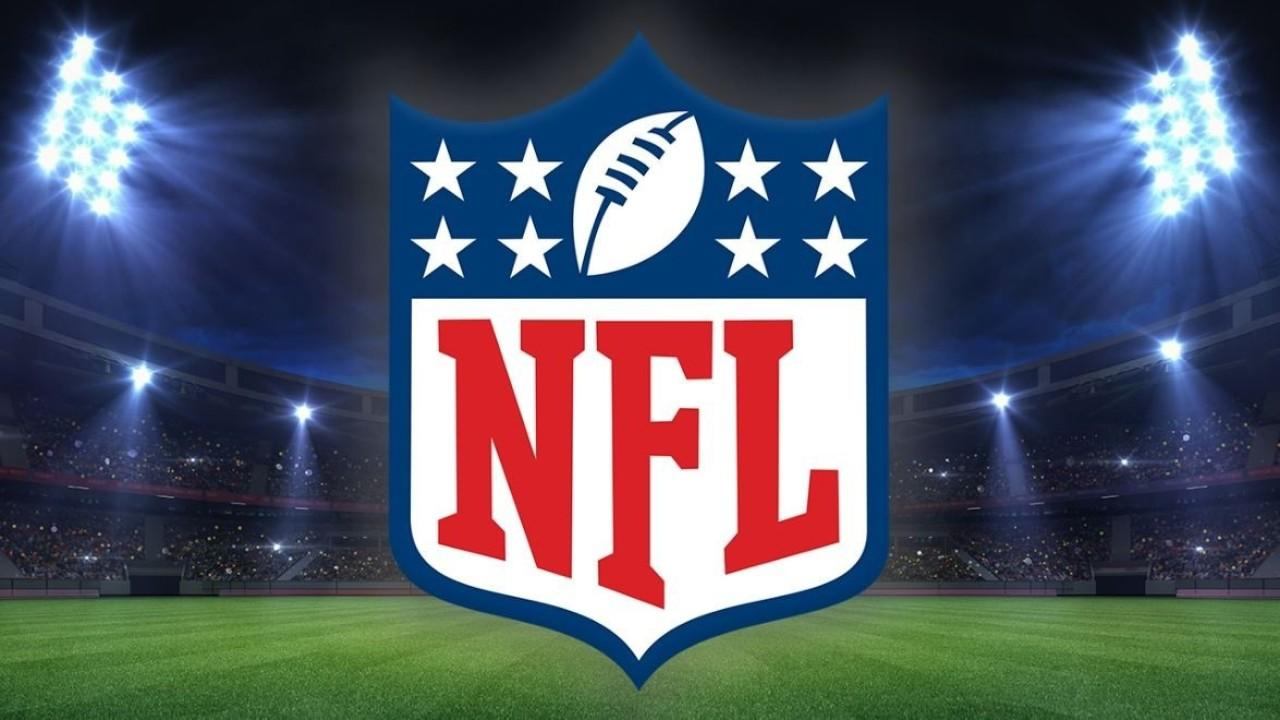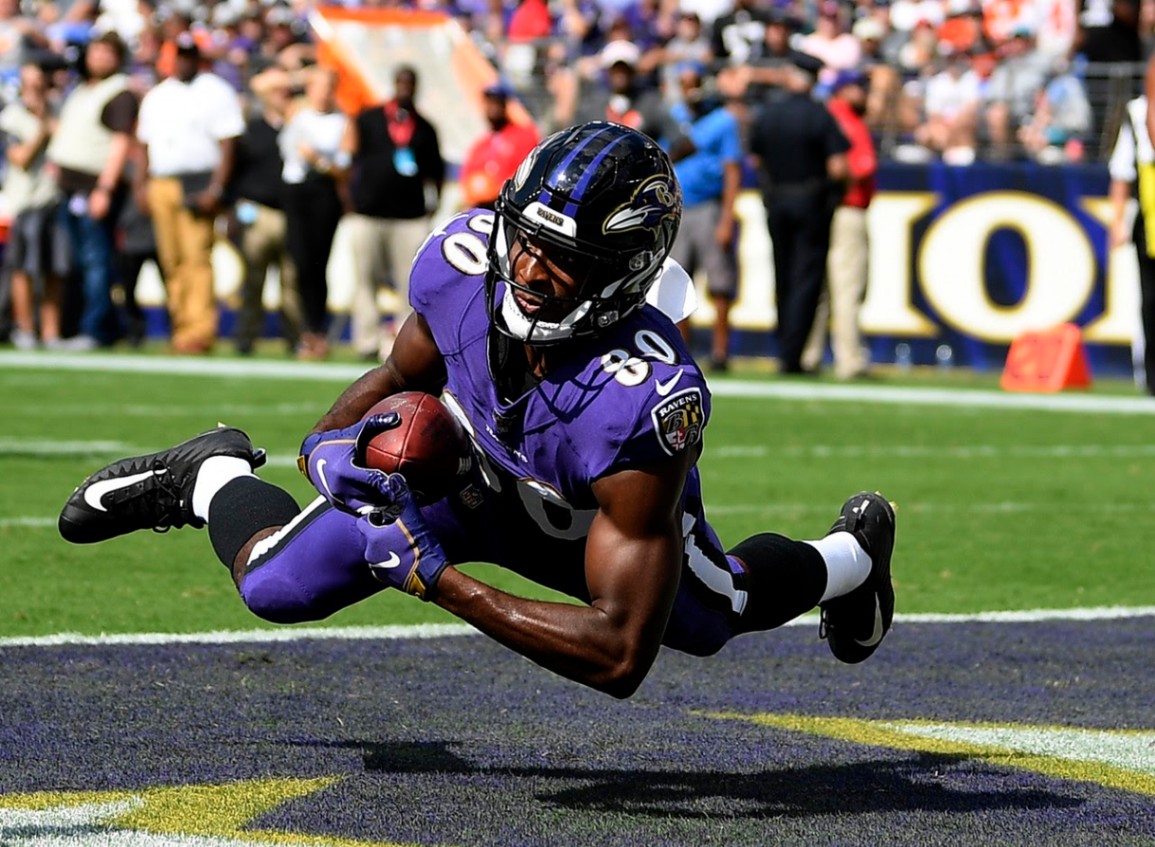The National Football League (NFL) is one of the four major professional sports leagues in the United States. Currently, it houses 32 teams which are divided into two conferences: the National Football Conference (NFC) and the American Football Conference (AFC).
With its massive popularity and following, the NFL is the most profitable sports league in the US. All the teams have huge revenues and values, with a total estimate of $15 billion in 2019. This revenue growth continues to rise steadily each year.
Check out how the NFL improves their revenues and shares the profits among the teams below.
Revenue Growth Through Time
According to reports, the total revenue of the National Football League and all its teams steadily grew in the past two decades. From slightly over $4 billion in 2001 to a whopping $15.26 billion in 2019.
The consistent growth can be attributed to the influx of the following of the sport by their vast fandoms, which prompted television networks to sign deals with the NFL to televise the games for viewership. All NFL games are televised across different national television networks at present.
Over 50% of the total revenue in 2019 came from television deals. The remainder came from sponsorships, ticket sales, and a lot more, as indicated in the business model of the NFL.
The annual growth of revenue averages 6% for the past decade. The largest jump was from 2013 to 2014 with almost 10% growth. The latest annual growth comes in around 7%.
Comparison to Other Leagues
The NFL established itself as not only a popular league but also a high-yielding profit association for the sport itself and teams. Since 2014, the annual revenue of the league surpassed $10 billion and continues to rise. In 2019 it breached the $15 billion mark.
The National Basketball Association (NBA), a highly-anticipated sports league for basketball fans, tallied only $8.76 billion in 2019, just over half of the total revenues of the NFL that year.
Major Baseball League (MBL) garnered over $10 billion in 2019, still quite distant from what the NFL has achieved.
Business Model
The NFL derives its business model from two major revenue streams which are the national revenue and the local revenue. The revenue and profit of the league and its teams come from two major sources.
National revenue mostly comes from television deals for the games telecasts. The NFL has contracts with major broadcasting companies such as CBS, NBC, Fox, and ESPN. These deals came into fruition in 2011 and saw the biggest jump in revenue.
Merchandising and licensing also add to the national revenue. This is when companies sign agreements with the league to produce products that represent the official teams. This includes sportswear and other products for fans.
In 2020, the NFL collected over $9.6 billion in national revenue alone. It means that the teams received almost $300 million each. The split almost covers the entire cost of managing the team for an entire year.
Local Revenue
Another source of revenue comes from the local revenue wherein each team receives specific amounts depending on their ticket sales, concession revenue, and others. Unlike the national revenue, the local revenue goes directly to the local team.
For ticket sales, the sales for the gate entrance are parted in a 60-40 scheme. For each game, the home team will receive a total of 60%, with the remaining 40% going to the national revenue for all teams to split.
Concessions include parking, food and drink, and other amenities that the stadium offers. The profit is also split between the home team and the owner and management of the stadium. This splitting scheme ensures that every team will have a sustainable profit from the home crowd.
Trade Association
Does the NFL profit for themselves? Many people asked that because of the unbelievable amount of money the league makes every year.
The answer is no. The league is a private trade association, so the management does not own anything in the organization.
Shared Revenue
All profits go directly to a shared vault of revenue where all teams have a share. All the collected money from the national revenue will be accounted for as well as the maintenance expenses for stadiums. The remaining revenue will be split equally between the 32 teams in the league.
At the corporate level, it means that the club teams own the league itself. They are the ones financing it and all the incoming revenues are owned by the teams. Thus, technically speaking, the club team owners handle and manage the league.
There are just three identified positions that govern the NFL. These are the commissioner, which is an honorary position that includes ceremonial duties only; a secretary, who holds the files pertinent for the competitions; and a finance officer, who manages the monetary aspects of the league.
Franchise Sponsorship
Aside from national and local revenue, another important source of funding is sponsorship. These are considered to be local revenue as the agreement and payment go directly to a team.

The franchise sponsorship involves companies supporting their local team by providing monetary assistance.
Sometimes, there are agreements that include advertisements for clothing or sportswear, for branding, and a lot more.
Some forms of sponsorship and partnership include buying signage inside the venue. Also, being allowed to set up tents and kiosks inside the venue during games.
Brand Sponsorships
In the latest seasons, one of the major sources of national revenue is brand sponsorships. They call these sponsorships “juggernaut” because many big names of multi-million-dollar companies and multinational companies want to invest in the league.
Yearly, there is over $1 billion in revenue coming in from several brands and companies. According to Conrad Wiacek, head of sponsorship at Sportcal, the “sponsorship juggernaut” happens because of the prime time telecast and high viewerships across the largest television networks in the country.
Some of the notable companies that invested hugely are Procter & Gamble, Caesars Entertainment, Fanatics, Inc., Amazon, Oakley, Pepsi, Nike, Anheuser-Busch InBev, Verizon, and more.
Betting and Gambling Ventures
The NFL allows the teams to seal agreements with local betting companies for the games. This is to primarily add another source of profit for the local revenue of the teams.
In 2018, the NFL gave the go-ahead to teams to get partnerships with sportsbook companies which entails that betting is allowed in the duration of games.
However, this is only applicable for home teams where their state does not have gambling-prohibiting laws.
Integrity Over Anything Else
Sportsbook companies can set up betting lounges and kiosks in the stadium and other mobile betting options. The NFL allowed this to showcase that sports betting is legal and will greatly enhance the integrity, brand, fan engagement, and commercial opportunity of the teams.
However, coaches, team members, and players must not be involved in managing the betting and gambling ventures in the venue.
There must be a clear third-party agreement or outsourcing for operations of the betting lounges.
Team Values
Even though the revenues of each team are not disclosed, fans are able to estimate and identify the profits of each team. This is done by computing the local revenues in terms of ticket sales, concessions, and most especially the franchise sponsorships.
In 2020, the average franchise value of each team was around $3 billion. Topping the list is the Dallas Cowboys with an estimated $5.7 billion, with a 4% increase from the previous years. This is the 14th consecutive year for the Cowboys to have the highest franchise value.
Rounding out the top are the New England Patriots with $4.4 billion revenue, the New York Giants with $4.3 billion revenue (a 10% increase from the previous year), and the Los Angeles Rams with $4 billion revenue.
Team Operating Cost
All teams have their respective operating cost which includes the team maintenance, stadium services, and payment of players, coaches, and other team members. Taxes are now also included in the operating cost, as the US Senate stripped the league of their tax-exempt privilege in 2015.
In 2019, the average operating cost of all teams was around $108 million, far from the total revenue that they acquire. The Dallas Cowboys spent around $420 million for their operating costs while the New England Patriots followed with $250 million.
The NFL also holds the record for the highest wage payout for its players, with the Jacksonville Jaguars topping the list with an average of $3.3 million for its first-team players.
Conclusion
The National Football League does not only gather millions of fans worldwide but huge amounts of money in revenue and the past decade has only seen a consistent rise.
Through the two revenue streams, local game concessions, and sponsorships, each team earns a massive payload to stay up and running and put on an excellent show for fans.







